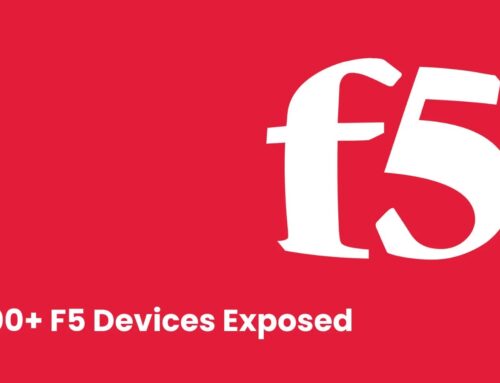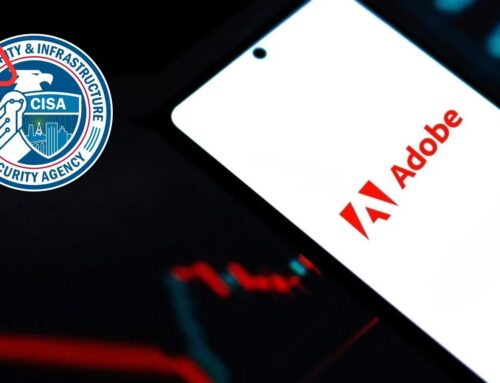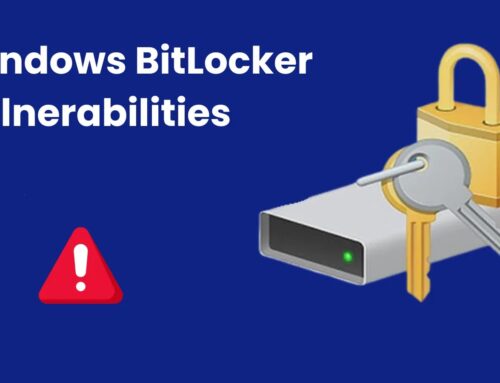
Ransomware Attack on Phone Repair and Insurance Company Cause Millions in Damage
Ransomware’s Wake: Royal Attack Devastates Phone Repair and Insurance Firm
The digital landscape is a constant battleground, and the financial and reputational fallout from a successful cyberattack can be catastrophic. The recent incident involving a phone repair and insurance company, and the sudden emergence of the Royal ransomware in early 2023, serves as a stark reminder of this reality. This sophisticated attack, which leveraged unpatched vulnerabilities and custom encryption, resulted in millions of dollars in damages, highlighting the urgent need for robust cybersecurity defenses across all sectors.
The Rise of Royal Ransomware: A New Threat Actor Emerges
The Royal ransomware group quickly made its mark in early 2023, escalating cyber threats, particularly against service providers in Europe. Unlike some ransomware variants that rely on public-key cryptography for key exchange, Royal reportedly employs a custom encryption engine. The use of strong cryptographic algorithms like AES-256 for file encryption and RSA-4096 for key encapsulation indicates a high level of sophistication in their operations.
Attack Vectors: Exploiting Perimeter Weaknesses
The success of the Royal ransomware in breaching the targeted phone repair and insurance company stemmed from exploiting common, yet critical, perimeter weaknesses. Attackers initiated their campaigns by targeting unpatched VPN and remote-desktop gateways. This strategic exploitation allowed them to bypass initial network defenses. Following the breach, they employed brute-force and credential-stuffing campaigns to gain further access and elevate privileges within the compromised network. These methodologies underscore the critical importance of timely patching and strong access control measures.
Impact and Consequences: Millions in Damages
While the exact financial figures are often kept confidential, reports indicate that the Royal ransomware attack caused millions in damages. This figure likely encompasses not only the direct costs of recovery, such as incident response, decryption (if a ransom was paid), and system restoration, but also indirect costs like business interruption, reputational damage, and potential regulatory fines for data breaches. The incident serves as a powerful illustration of the broad and devastating impact of successful ransomware operations.
Technical Deep Dive: Encryption Mechanics
The technical sophistication of Royal ransomware is a key characteristic. Its reliance on a custom encryption engine, rather than off-the-shelf components, suggests a dedicated development effort. The use of AES-256 for symmetric file encryption is a standard, strong algorithm, but the implementation of RSA-4096 for asymmetric key encryption is particularly noteworthy. This robust asymmetric encryption scheme is likely used to secure the AES encryption keys, making decryption without the attackers’ private key virtually impossible. This multi-layered encryption approach significantly increases the difficulty and cost of recovery for victims.
Remediation Actions: Fortifying Your Defenses
Preventing and mitigating ransomware attacks like those perpetuated by the Royal group requires a multi-faceted approach to cybersecurity. Organizations must prioritize proactive measures and swift incident response capabilities.
- Patch Management: Implement a rigorous patch management program to ensure all systems, especially VPNs and remote-desktop gateways, are updated with the latest security patches. This directly addresses the exploitation of unpatched vulnerabilities.
- Strong Authentication: Enforce multi-factor authentication (MFA) for all remote access services, VPNs, and critical internal systems. This significantly mitigates the effectiveness of credential stuffing and brute-force attacks.
- Network Segmentation: Segment networks to limit the lateral movement of attackers once a breach occurs. This can contain the impact of a ransomware attack to a smaller portion of the network.
- Endpoint Detection and Response (EDR): Deploy EDR solutions to provide real-time monitoring and detection of malicious activity on endpoints, enabling rapid response to suspicious behaviors.
- Privileged Access Management (PAM): Implement PAM solutions to control and monitor privileged accounts, reducing the risk of privilege escalation.
- Regular Backups: Maintain comprehensive and regularly tested off-site and immutable backups of all critical data. Ensure backups are isolated from network access to prevent their encryption during an attack.
- Security Awareness Training: Conduct regular security awareness training for employees to educate them about phishing, social engineering, and other common attack vectors.
- Incident Response Plan: Develop and regularly test a comprehensive incident response plan to guide actions in the event of a ransomware attack.
Conclusion: The Imperative for Proactive Cyber Resilience
The Royal ransomware attack on the phone repair and insurance company is a compelling case study on the evolving threat landscape. It underscores that no industry is immune to sophisticated cyberattacks and that the financial and operational costs can be immense. Organizations must move beyond reactive security measures and adopt a posture of proactive cyber resilience. This involves continuous vulnerability management, strong access controls, robust backup strategies, and a well-rehearsed incident response plan. In the face of ever-advancing threats, preparedness is not just an option—it’s a critical business imperative.





